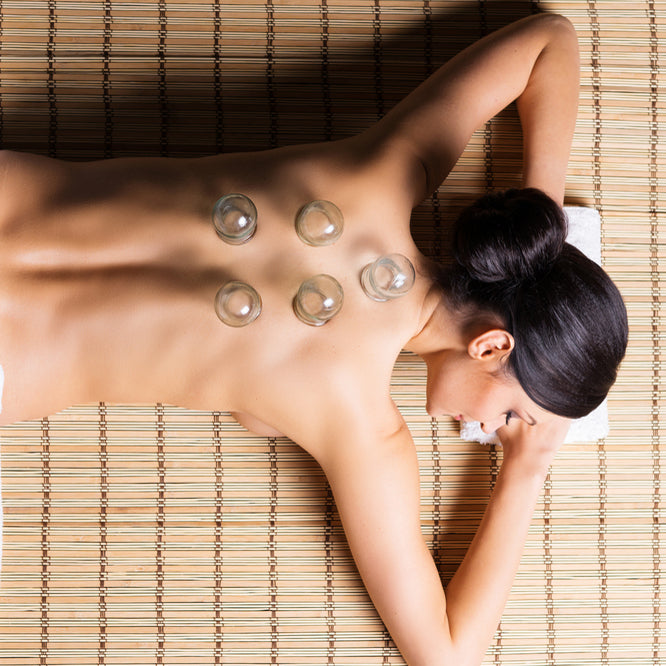Many athletes might have heard of cupping therapy, either from their own previous treatment experience or from their training partners.
But few are aware of exactly what it is and how it works. It can seem pretty wild when it’s first explained to you, but it’s been around for centuries and has a fair amount of scientific research to back it up.
Used correctly and prescribed by the right physicians, it can reduce inflammation, increase blood flow and make you feel more relaxed after training.
Here, Built for athletes explains what cupping is, what you should expect during an appointment and whether it actually works.
What Is Cupping Therapy?
Cupping was first referenced by the ancient Egyptians back in 1,550BC, but was also used in other ancient cultures, such as Chinese, Tibetan and Korean.
It essentially involves placing cups on specific areas of the skin to create suction. Traditionally, this is believed to improve the flow of energy through the body to help heal it.
It is still used today by traditional Chinese healers, but is also sometimes used by more mainstream practitioners. It increases blood flow to the areas where the cups are placed, which can help repair muscle tissue.
What Happens During A Cupping Treatment?
Athletes generally seek treatment if they have an injury or recurring pain. Before cupping is administered, you will usually have a consultation where the practitioner will ask you about your symptoms and previous medical history.
If they are trained in cupping and decide it might be useful, they will offer the treatment to you. They will then place cups on your skin, sometimes using heat to create pressure. As they do this, you will feel a sucking sensation.
They usually leave the cups in place for a few minutes before removing them. It’s common for the skin to be red and even have some light bruising afterwards.
Does Cupping Work According To Research?
In the last five years, there has been an increasing amount of research into the effectiveness of cupping therapy. It’s generally believed that it does have a positive impact on blood circulation, at least near to the skin, and on immune function.
One review in 2018 that looked into a number of studies on cupping found it does reduce inflammation and boost immunity on a cellular level.
Other studies have also shown that cupping increases blood flow in the local area and can stretch the underlying tissue.
Why cupping works is still unknown, but some theories include alterations to pain signal processing, stimulating the immune system with artificial local inflammation and stimulating the lymphatic system.

Share:
Tia-Clair Toomey’s Pre-Workout Stretch Routine For Mobility
Best Immune-Boosting Supplements For Athletes